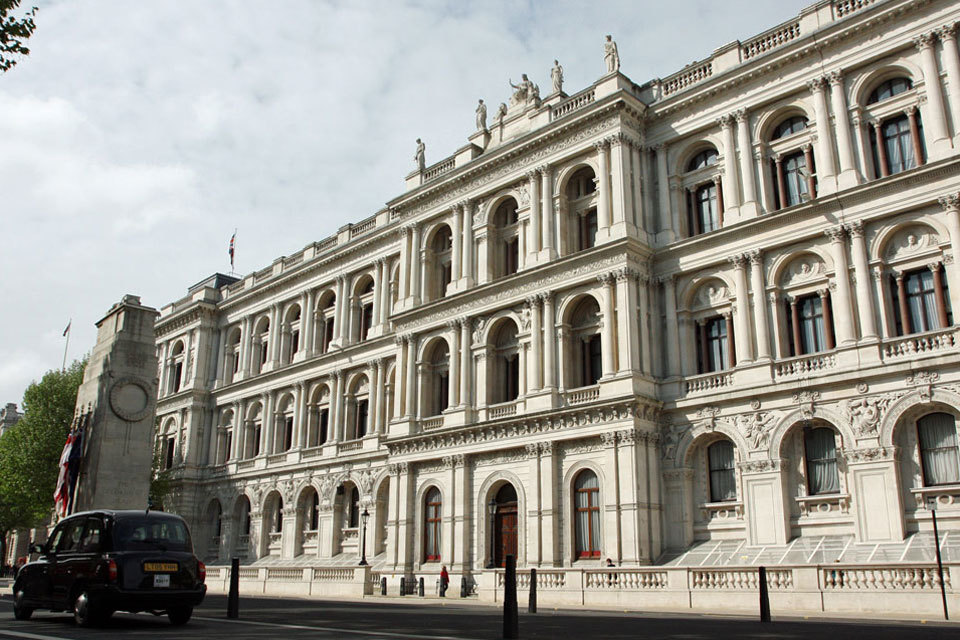President Trump made his long-awaited Liberation Day announcement on tariffs on April 2nd. Prior to the announcement, analysts had been discussing the range of options – would it be an across-the-board tariff or a more targeted approach by country? In the end, President Trump did both an across-the-board tariff of 10%, and higher tariffs for certain key trading partners – who account for the majority of US trade.
Estimates for the effective tariff rate, based on current trade patterns, are above 20%. That’s probably a bit worse than analysts had expected.
What’s the impact? Our current thinking runs as follows. We’d expect to see slower economic growth and a short-term pick-up in inflation. Fiscal revenue from tariffs should increase, but that might be partly offset by lower tax revenues as a result of slower growth.
There’s some debate about whether higher tariffs will mean sustainably higher inflation going forward. Over time, the rise in prices from tariffs could be offset by weaker demand. Overall that should favour bonds versus equities, and we’ve seen that reflected already in some of the moves over the past month.
We’d expect to see a response from at least some trade partners in the form of higher tariffs. We’d guess that these might be quite targeted by sector, but they could still prompt a tit-for-tat response from the United States.
The administration also left the door open to lowering tariffs, if they believe that there’s been an improvement in behaviour. How that’s defined is still up for debate, but it seems likely that the US tariff regime will remain quite dynamic in the coming quarters.
What does it mean for markets and portfolios? Slower growth will likely translate into slower earnings growth globally and a risk-off sentiment. We’ve seen some of that already reflected in the decline in US equities over the past few weeks.
European equities have held up better, partly reflecting lower starting expectations and the prospect of higher fiscal spending to support growth.
Sovereign bonds have generally rallied, as the prospect of slower growth has fed into lower yields.
From a portfolio perspective, the recent moves in markets have reminded us of the value of a well-diversified multi-asset portfolio, as bonds and equities have been negatively correlated. Fixed income continues to provide a decent yield, in our view. Our positions in sovereign fixed income, along with gold, have helped support particularly the mid-to-low risk portfolios.
In terms of positioning, last quarter we reduced some of our US equity exposure and, in some portfolios, we reduced our equity exposure overall.
We think that’s prudent risk-management during a volatile period, particularly when there are risks to growth.
We’ll continue to evaluate if we should make further changes to our positioning, but overall we’re comfortable with our conservative stance. We think we have dry powder to add to risky assets if the opportunity arises.
If you were planning to add investments at the end of the tax year, we believe – as always – that short-term fluctuations shouldn’t affect your long-term plans. Whilst we don’t advocate timing the markets and past performance is not indicative of future results, we see that those clients who continue to contribute to their plan while markets are weaker, have historically had better outcomes.
A closer look at US tariffs
The US administration is quite focused on the trade balance and the currency. The office of the US trade representative seems to have used that data to calculate individual country tariffs, aiming for a zero trade balance. Slower import demand, driven by slower growth and higher tariffs, should be an effective way to improve the trade balance.
A few charts from Mexico in the mid-1990s can illustrate the point. The first chart shows Mexican trade between 1993 and 1997. We can see the trade balance move from a deficit to a surplus in 1995 – thanks largely to a sharp drop in imports.
The second chart shows imports against GDP growth. After an enforced currency devaluation, the Mexican economy contracted sharply and import demand fell.
So much for economic history, but why does it matter? Because if the administration is focused on the trade balance – slowing import demand, however they do it – it will achieve the desired outcome.
Now you’d guess that the administration isn’t aiming to engineer a recession – and for now we don’t think that’s the base case – but they appear very willing to tolerate slower growth to achieve their long-term aims.
What about the long-term? The administration wants to bring manufacturing back to the United States. The chart below shows manufacturing employment as a percentage of total employment. We’ve seen a steady decline from the 1940s to today. Manufacturing employment did decline, particularly after 2000, but the strong growth in overall US employment has diluted the role of manufacturing.
It will take some time before we can see if manufacturing really comes back to the US. It’s likely a multi-year process for businesses to assess if it’s a wise decision and then actually make the move. For now, it suggests that tariffs will remain a feature of policy-making for some time to come.
*As with all investing, financial instruments involve inherent risks, including loss of capital, market fluctuations and liquidity risk. Past performance is no guarantee of future results. It is important to consider your risk tolerance and investment objectives before proceeding.





